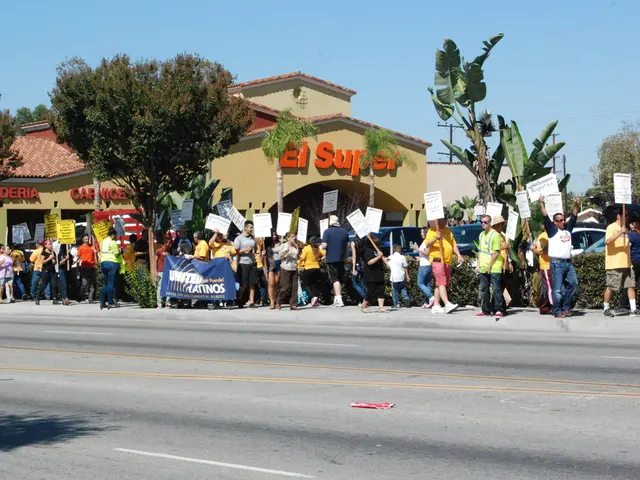Global Markets' Mixed Performance Since 2009: U.S. Leads, Asia Lags
Global markets have witnessed a mixed performance since the last bear market low in March 2009. While the U.S. stocks, represented by the S&P 500, have surged, other major markets have shown varied growth.
In Asia, the Hang Seng Index has faced challenges due to concerns over economic data and manufacturing output. Despite this, the index has grown but lags behind U.S. markets. Japan's economy expanded at a mere 1% in the latest quarter, below expectations, which may impact stocks like Sony, as Prime Minister Shinzo Abe plans to increase the sales tax in April. The Nikkei 225 has doubled since the recession but hasn't surpassed the S&P 500's gains. In Europe, the DAX has nearly kept pace with the U.S. market, despite Europe's economic struggles. However, South Korea's KOSPI and Hong Kong's Hang Seng have underperformed both the Nikkei and S&P 500 since the recession. Some European countries like Germany, Spain, and Italy have shown strong stock market performance, with indexes like the DAX, IBEX, and FTSE MIB seeing substantial growth.
Since the last bear market, global markets have shown diverse performance. While the U.S. has led the way, other regions like Europe and Asia have had their own success stories. However, concerns over economic data and policy changes, such as Japan's planned sales tax increase, could impact future growth.





